Indonesia Emerges As First F-15EX Export Customer
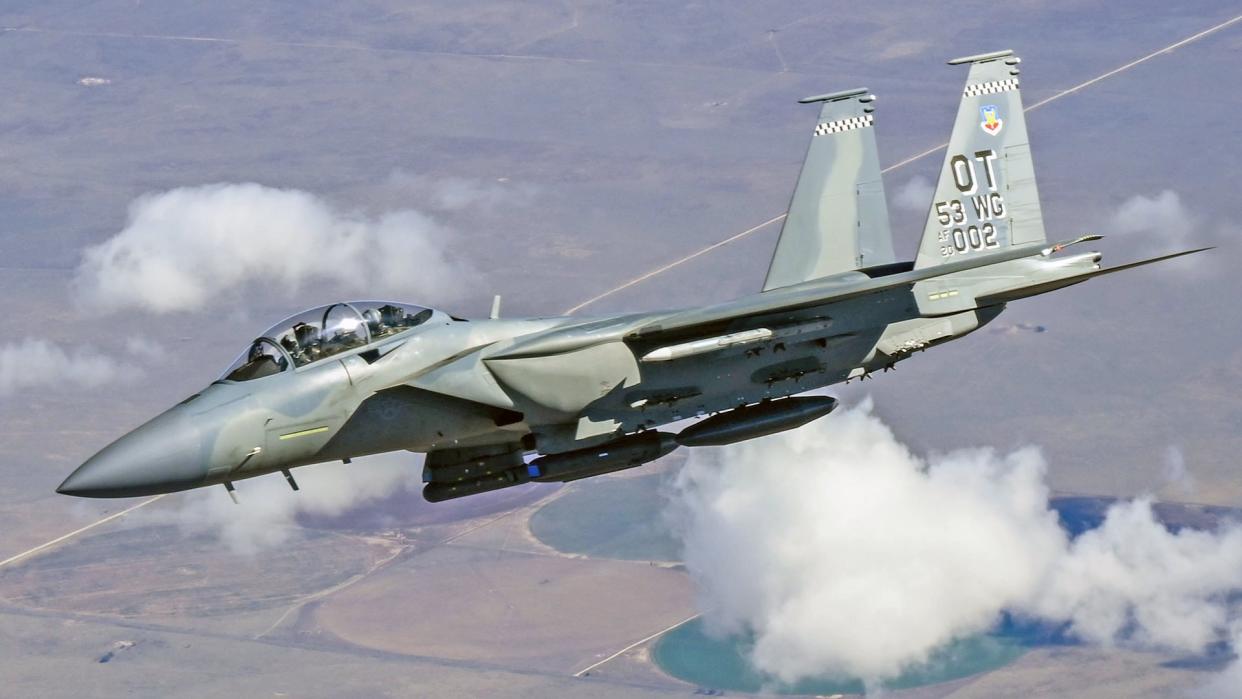
Indonesia is set to be the first export operator of the F-15EX Eagle II multirole fighter, after formally committing to buying up to 24 of the jets from Boeing. While the deal still needs to be signed off by the U.S. government, that will likely be a formality, since the U.S. State Department previously approved a possible Foreign Military Sale to Indonesia of an F-15EX derivative known as the F-15ID, as you can read more about here. The version now has been renamed F-15IND, although it’s unclear if this configuration involves any differences, significant or otherwise, beyond some U.S. specific equipment being removed.
The Memorandum of Understanding (MoU) for the purchase of up to 24 F-15IND jets was signed in St. Louis, Missouri yesterday — the location of the F-15 production facility — by Air Vice Marshal Yusuf Jauhari, the Head of Defense Facilities Agency at the Indonesian Ministry of Defense, and Mark Sears, Boeing Fighters vice president and program manager.
https://twitter.com/BoeingDefense/status/1693795647428714515?s=20
Also in attendance was Indonesia’s Minister of Defense, Prabowo Subianto, who had a tour of the F-15 production line. This included a photo opportunity in the cockpit of an F-15 carrying his name below the cockpit.
https://twitter.com/Jatosint/status/1693787120400498723?s=20
“We are pleased to announce our commitment to procure the critical F-15EX fighter capability for Indonesia,” Subianto said. He added: “This state-of-the-art fighter will protect and secure our nation with its advanced capabilities.”
As for the configuration of the F-15IND, it’s noteworthy that Boeing and Indonesian officials speak of this version and the F-15EX interchangeably.
In its press release, Boeing describes the F-15EX as “the most advanced version of the F-15 ever built, with digital fly-by-wire flight controls, a new electronic warfare system, an all-glass digital cockpit, and the latest mission systems and software capabilities,” before noting that these “will all be leveraged in delivering the new F-15IDN.”
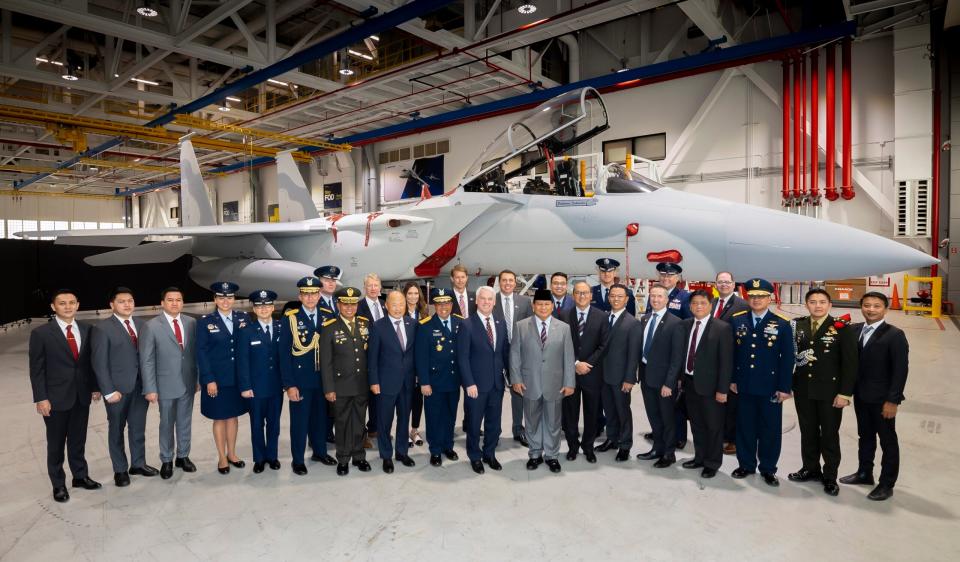
“We have invested years of expertise into developing the F-15EX capabilities. There is no other fighter like the F-15 in the world, and this platform will put Indonesia at the top of air dominance capabilities,” Mark Sears said. “Boeing is ready to support this effort and remains a committed partner to the U.S. government in advancing international security objectives with allies and partners around the world.”
Indonesia was, until early last year, an outside candidate to join the F-15 operators’ club, which currently numbers just seven countries around the world. None of these have so far bought the latest F-15EX model, although Qatar’s earlier F-15QA version is what the F-15EX is based on.
In February 2022, however, only hours after Indonesia’s announcement that it would be buying 42 of France’s Dassault Rafale fighters, the U.S. State Department confirmed that it had approved a possible Foreign Military Sale to Indonesia of what were then known as F-15ID aircraft.
https://twitter.com/SAFRAN/status/1491710799169130496?s=20
Under the original proposed package, the United States would supply up to 36 jets, valued at around $13.9 billion. Other equipment specified in that package included AN/APG-82(v)1 Advanced Electronically Scanned Array (AESA) radars, AN/ALQ-250 Eagle Passive Active Warning Survivability Systems (EPAWSS), Advanced Display Core Processor (ADCP) II computers, Joint Helmet Mounted Cueing Systems (JHMCS), and Embedded Global Positioning Systems (GPS)/Inertial Navigation System (EGI) security devices.
The jets would furthermore be outfitted with AN/AAQ-13 LANTIRN navigation pods and AN/AAQ-33 Sniper Advanced Targeting Pods. Also included were MS-110 reconnaissance pods, AN/ASG-34 Infrared Search and Track International, and AN/ALE-47 countermeasures dispensers.

That announcement suggested that Washington was making a last-ditch effort to persuade Jakarta to opt for a mixed fleet of F-15 and Rafale jets. That pitch now seems to have paid off, albeit for a smaller number of the Boeing jets than originally approved.
For the time being, though, we don’t know whether Indonesia will buy the full 24 F-15IND jets outlined in the MoU, nor do we know what kinds of weapons and support will be included. The overall cost of the deal is also unclear, as is the timeline for when they might be delivered.
https://www.youtube.com/watch?v=3J-C0yK9i0Y
Ultimately, however, the Indonesian Air Force should end up with the most modern and capable fighter fleet in Southeast Asia, with a potent mix of F-15IND and Rafale jets.
In the meantime, Jakarta has also apparently secured 12 second-hand Dassault Mirage 2000-5 fighters from Qatar, in a deal announced in June and valued at around $735 million. This is apparently an urgent measure to modernize the fighter fleet pending the deliveries of new Rafales — and now also F-15s.
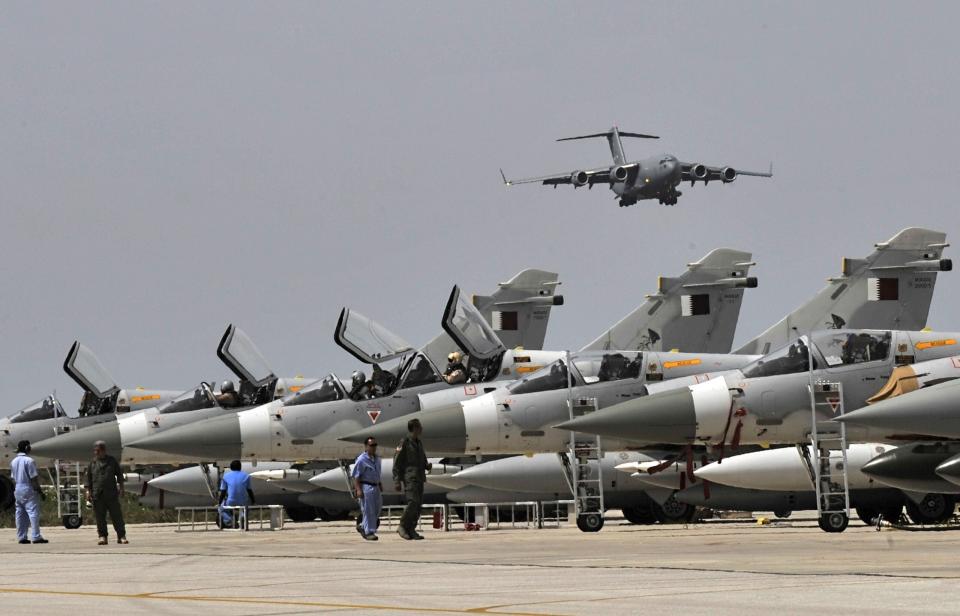
Currently, the Indonesian Air Force operates a mix of U.S. and Russian fighters.
However, the fleet is aging, and Jakarta has long been weighing up options to modernize it. Prior to selecting the Rafale, the country’s search for new fighters produced reports about potential purchases of Sukhoi Su-35 Flankers from Russia and second-hand Eurofighter Typhoons from Austria. Meanwhile, Lockheed Martin pitched its F-16 Block 72 to Indonesia and there were also reports that Jakarta was also interested in the same company’s F-35A stealth fighter.
As well as older airframes, the Indonesian Air Force faces the issue of a very diverse fighter fleet, which makes maintenance a challenge. Currently, the fighter force comprises around eight survivors from the 12 F-16A/B Block 15OCU fighters delivered beginning in 1989, plus 23 upgraded F-16C/Ds.
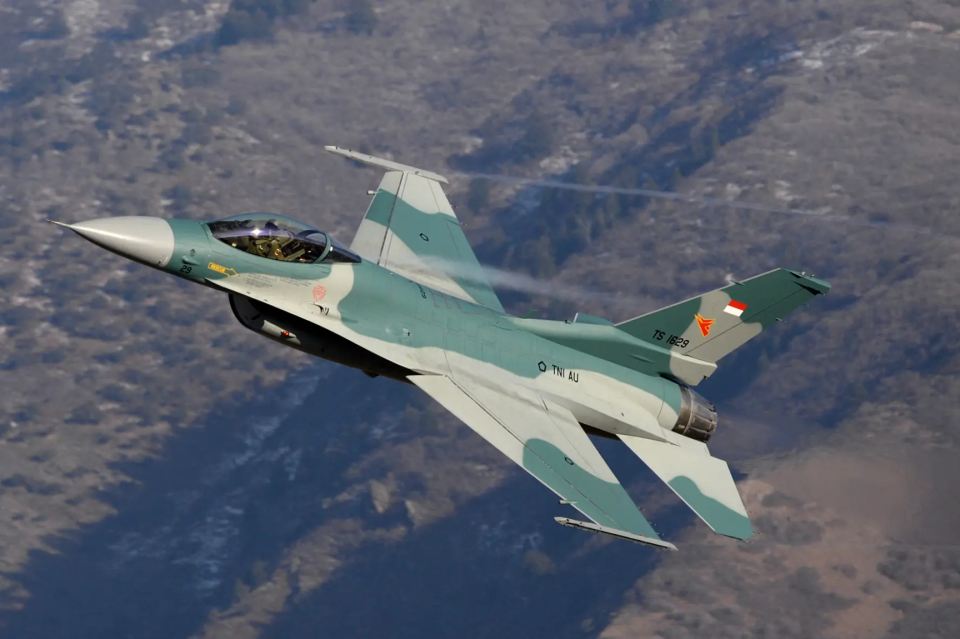
Alongside this U.S.-supplied equipment, the Indonesian Air Force also operates different versions of the Russian-made Flanker, consisting of five single-seat Su-27SKs and a pair of two-seat Su-30MKs, deliveries of which started in 2003, along with nine two-seat Su-30MK2s, the first of which touched down in the country in 2008. While the Su-30 variants are small in number, these are currently among its most capable fighters, although it’s highly likely that sanctions on Russia now make it much harder to support them.
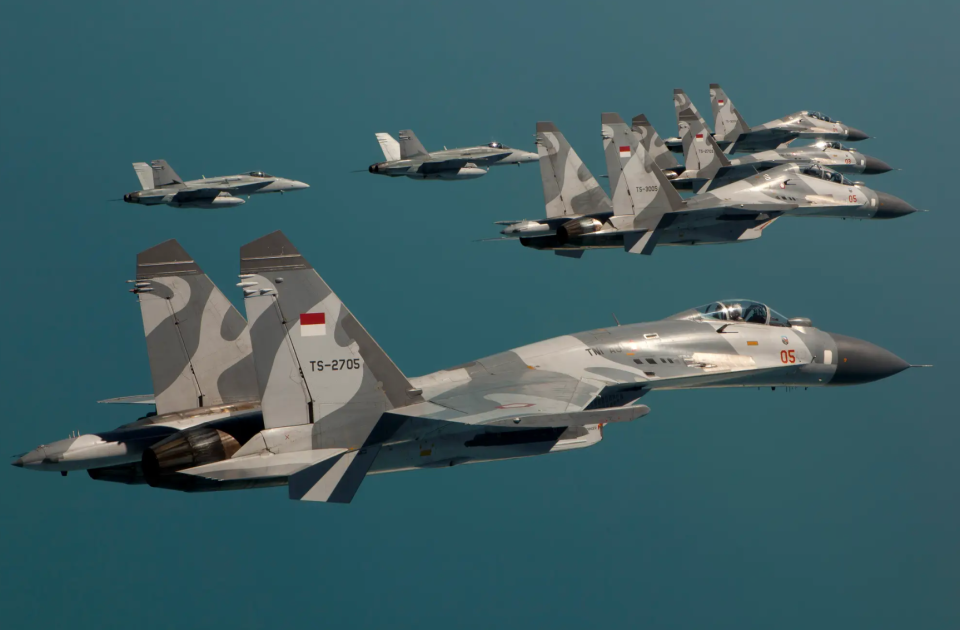
Beyond these types, Indonesia was also expected to buy 50 examples of the KF-21 new-generation fighter that the country is developing jointly with South Korea. Indonesia’s PT DI is an industry partner in the KF-21 alongside Korean Aerospace Industries (KAI), with a 20 percent share of the project. In the past, however, Jakarta has failed to make payments to secure its stake in the program and its long-term commitment to the program is at least questionable.
A video showing the first flight of the KF-21 next-generation fighter in July 2022:
https://www.youtube.com/watch?v=HTXeFY0YVs0
Should Indonesia’s commitment to the KF-21 be fulfilled, this type is expected to enter production sometime between 2026 and 2028. That could mean that the air force receives KF-21s, Rafales, and F-15IND jets all in broadly the same timeframe. As well as the enormous cost involved, this will place a significant burden in terms of training and support.
The costs involved in these procurements, even if the KF-21 is abandoned, could mean particular difficulties for Jakarta, based on previous experience.
In the past, Indonesia has struggled with tight defense budgets. One effect of this was seen in Moscow’s proposed deal to sell Su-35s to Jakarta. Had that sale gone ahead, Russia would have received half its payments in the form of exports of palm oil, rubber, and other commodities. While Russia has traditionally been more amenable to these kinds of deals — that’s not the case with the United States. Meanwhile, the 12 ex-Qatari MIrages are reportedly being funded using foreign loans.
Other problems could emerge, too, not least the concerns over human rights that saw a U.S. arms embargo imposed on Indonesia between 1999 and 2005. This was a result of human rights violations in East Timor and led to delays in F-16 deliveries.
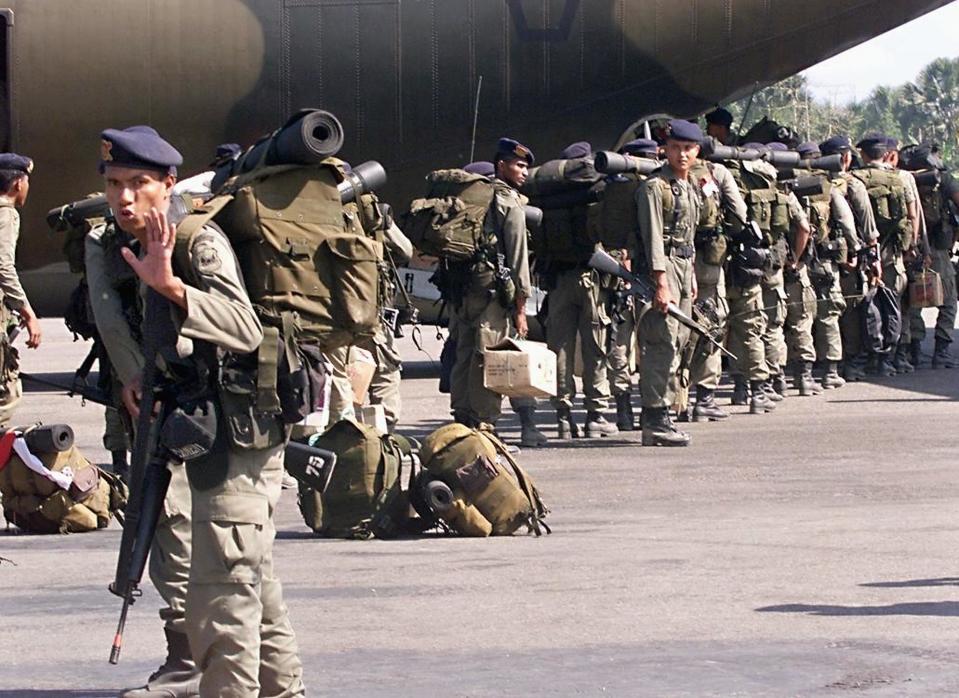
Nevertheless, if Indonesia does receive the F-15s that it has now committed to, it is a clear demonstration of the serious efforts it’s now undertaking to ensure its status as a major regional airpower player. This is driven by Indonesia’s strategic position at the southern end of the South China Sea, as well as an ongoing maritime dispute with China. This has manifested itself in incidents in which Chinese fishing boats accompanied by Chinese Coast Guard vessels have entered Indonesia’s exclusive economic zone in the South China Sea.
With the South China Sea an obvious regional flashpoint, it’s no surprise that Jakarta is looking at better ways of projecting power over this huge area. As well as long-range fighters, Jakarta is buying two French-made Scorpène class submarines, which will be built in Indonesia, and which will also be used to patrol these waters, which are home to valuable fishing stocks and natural resources.
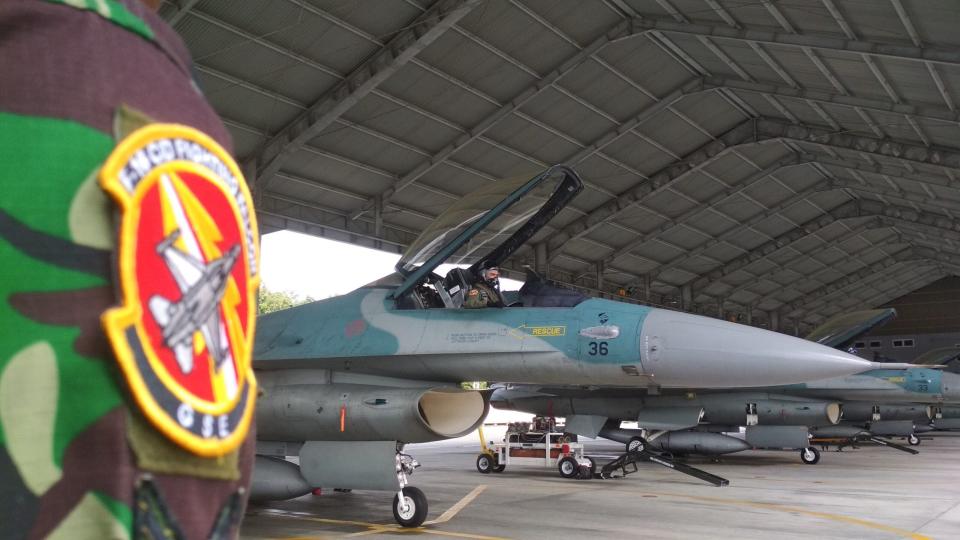
Finally, the deal is also good news for Boeing, especially as questions emerge about the U.S. Air Force’s own commitment to the F-15EX. As we have explored in the past, the Air Force has been weighing up just how many F-15EXs it wants to buy, especially as it eyes investment in the Next Generation Air Dominance (NGAD) program.
While the U.S. Air Force’s current plans call for 104 F-15EX aircraft, this is a reduction from the previously planned total of 144, although an improvement on the 80 that it had said it wanted to buy just last year.
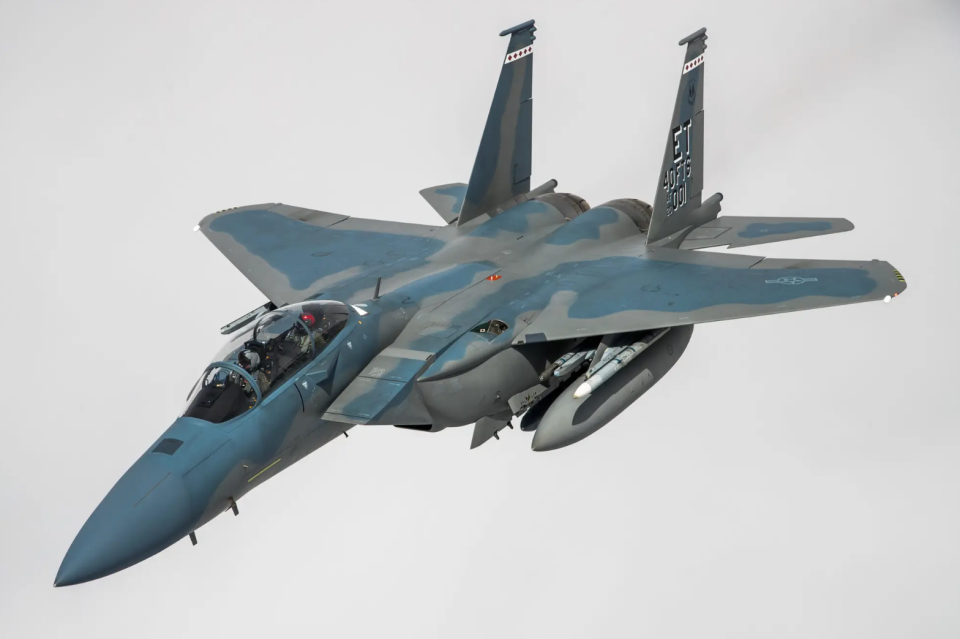
At the same time, the U.S. Air Force continues to move away from earlier plans for the large-scale replacement of Air National Guard F-15C/Ds with F-15EXs. It’s still unclear, however, to what degree these changes are intertwined with the Air Force’s plans for the F-15E fleet.
https://twitter.com/AviationWeek/status/1692639004770873522?s=20
All told, the prospect of a first foreign sale of an F-15EX variant will come as a boost to Boeing at a time when the long-term status of the aircraft in the U.S. Air Force’s plans remains somewhat unclear.
Contact the author: thomas@thedrive.com

